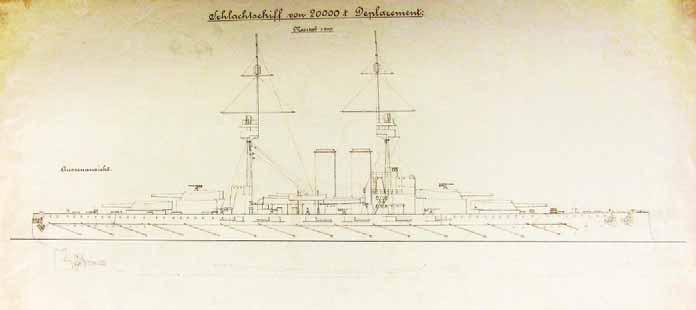pen to paper and wrote their memoirs on the event. The most notable Austrian memorialists were Maschinebetriebsleiter 1. Klasse Karl Mohl, Stabsmaschinewärter Franz Dueller521 and Franz Scheiber. There are many Hungarian survivors who wrote their memoirs. The author of the longest and most detailed memoir is Ferenc Pintér, whose votive offering, a tiny anchor mentioned in the Preface, still hangs from the altar screen of the Serbian Orthodox Church of Szeged. Other Hungarian memorialists are Ferenc Magyar, János Szilágyi, Adolf Maritny, Antal Bicskey, János Kovács and the chaplain of the battleship József Sági, who is the main antagonist in Pintér’s story.522 Most of the above listed memorialists wrote more or less realistic and reliable memoires, but naturally not without errors. Among them János Szilágyi was the too-imaginative one. Sometimes he drew the longbow: he wrote of Persian carpets, paintings of Titian and Rembrandt, banknotes, Egyptian cigarettes and Cuban cigars all over the deck.523 It is assumed that there are several other unpublished memoirs which perhaps will be discovered in the future. The wreck of the Szent István lies upside down at a depth of 65 meters. Her bow broke off when she hit the seabed while her stern was still afloat. The four triple turrets are still in place, they did not fall out during the period of seven minutes when the capsized battleship was still afloat contrary to earlier speculation. Since the early 1990s several Austrian, Croatian and Hungarian diving expeditions have visited the wreck. Now the wreck is a protected site and has a war grave status. Some experts state that the wreck will collapse in the near future under its own weight. The Sinking of the Viribus Unitis After the unsuccessfully Piave offensive of the Monarchy in June and the successful Allied offensive on the Western Front in August it became evident that the Central Powers had lost the war. After the loss of the Szent István the Austro-Hungarian naval activity was mostly confined to submarine warfare. The 3 August report of Horthy to the AOK on the state of the fleet declared that the Navy was still ready for action. The Flottenkommandant announced that the mutinous spirit of Cattaro, the South Slav and political propagan-
da had been successfully repelled by harsh punishments524 and successful counter-propaganda. One type of cure to the internal problems of the Navy proposed by Horthy was the change of sailors with questionable loyalty to new recruits, but the number of the new recruits available was much less than was desired.525 The last battle fought by the Austro-Hungarian Navy was the Second Battle of Durazzo of 2 October 1918. A large Allied naval force, including Italian, British, American and Australian units attacked the Albanian port of Durazzo, then in Austro-Hungarian hands. Three Italian armored cruisers protected by the Italian dreadnought Dante Alighieri began to bombard the city. The two Austro-Hungarian destroyers, one torpedo boat and two submarines which were stationed in the port initially returned the Allied fire, and then successfully fled. On 24 October, when the internal collapse of the Austro-Hungarian Monarchy was well underway, the Italian Army launched a major offensive. The defeat and the dissolution of the Dual Monarchy were imminent. On 26 October, Karl I informed Wilhelm II that the German – Austro-Hungarian alliance had come to an end, but the time for a separate peace had long gone. The Habsburg Empire was unsavable now. In AprilMay 1918, the Allies finally had decided for the dissolution of the Monarchy after the war, so every attempt to save it was now futile. In the last days of October, the fleet in Pola was on the verge of mutiny. Horthy, desperately trying to maintain order on 27 October asked help form the AOK, but on the next day he was informed that the Army could not transfer troops to Pola. On 28 October, the larger warships were now in hands of their crews. On 29 October, the situation in Pola further deteriorated. Sailor’s councils were controlling most of the warships, and some sailors began to loot in the city. The commander of the submarines, Franz von Thierry, suggested that he would use his boats against the mutinous ships but it would be against the direct orders of the Emperor. On the night of 28-29 October, a group of civilians under Italian flags broke the windows of the Marinekasino of Pola.526 On 29 October, the State of Slovenes, Croats and Serbs comprising the South Slav territories of the Dual Monarchy, was proclaimed in Zagreb.
— 146 —






























